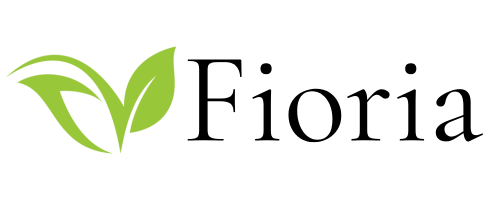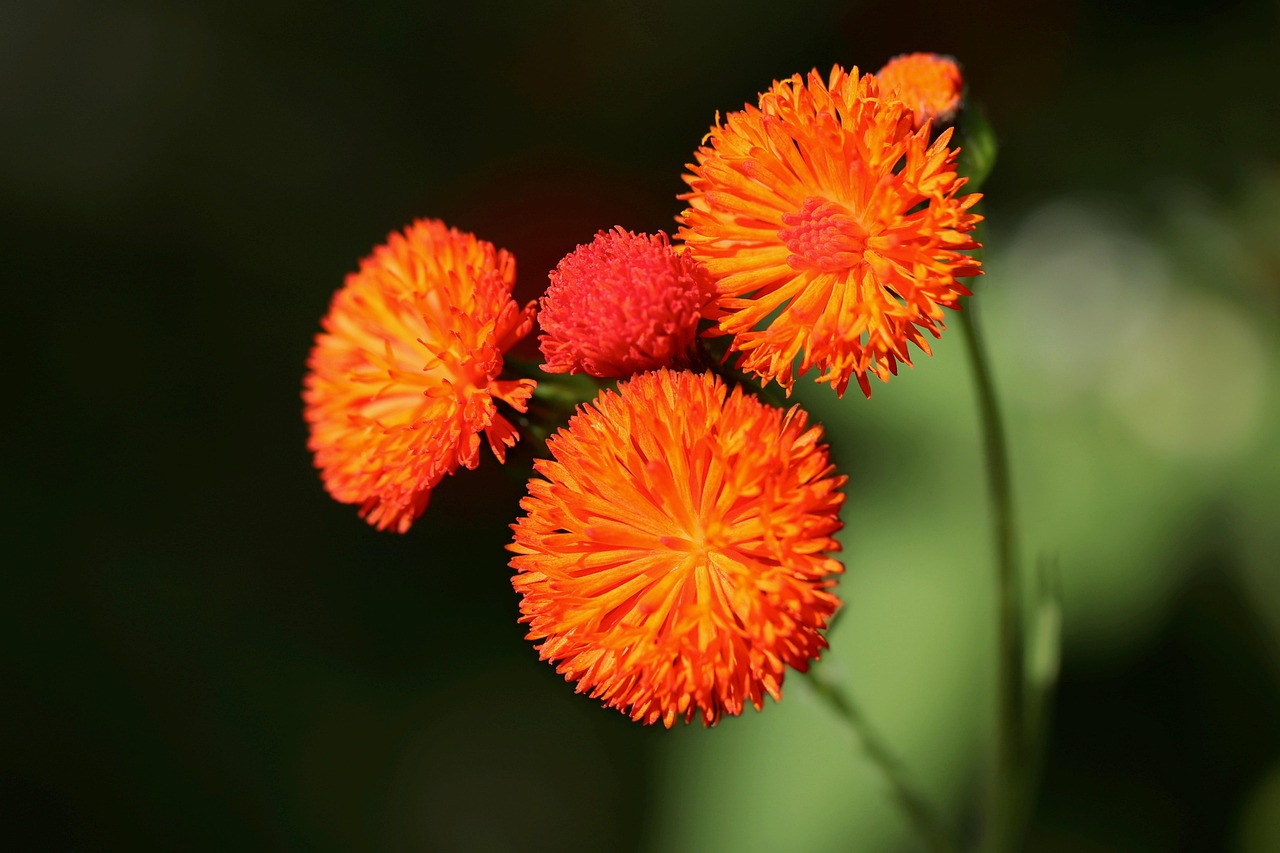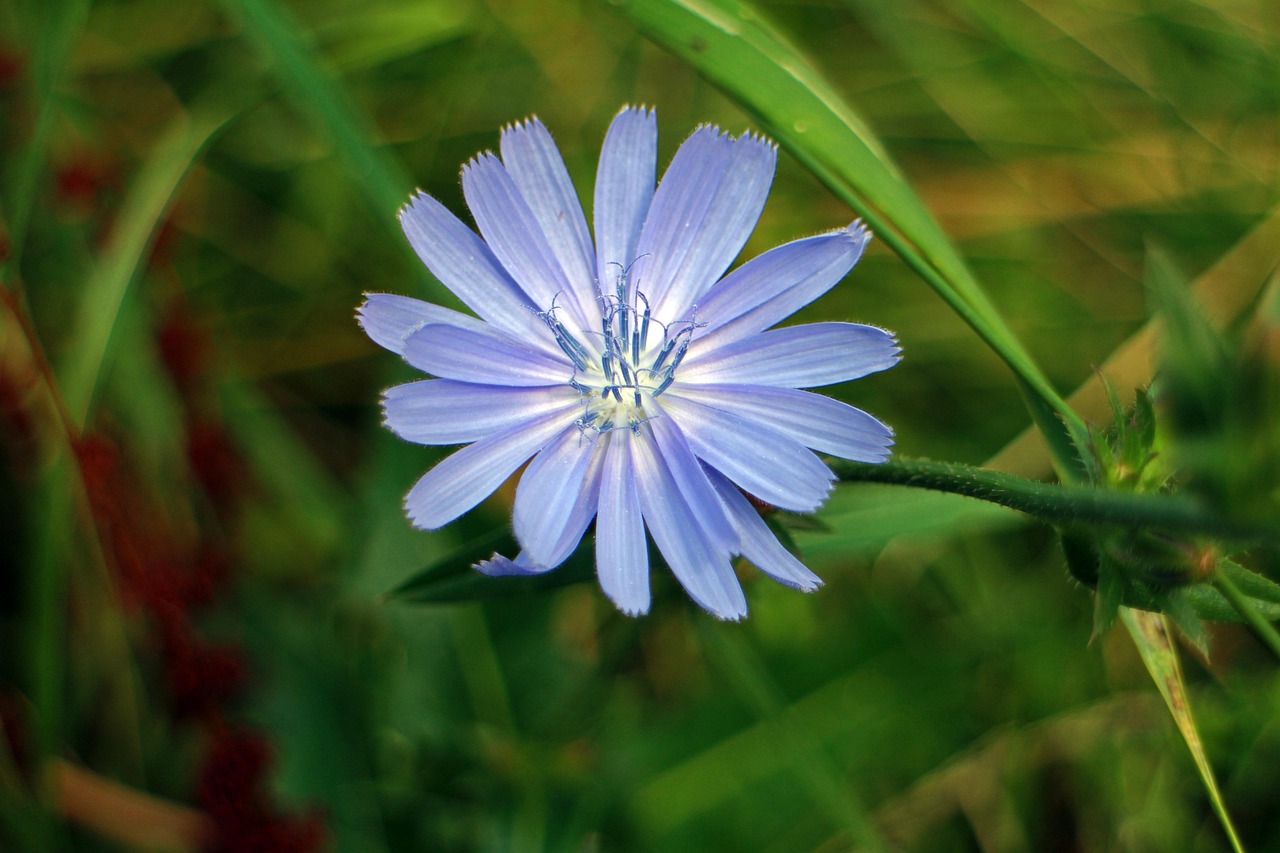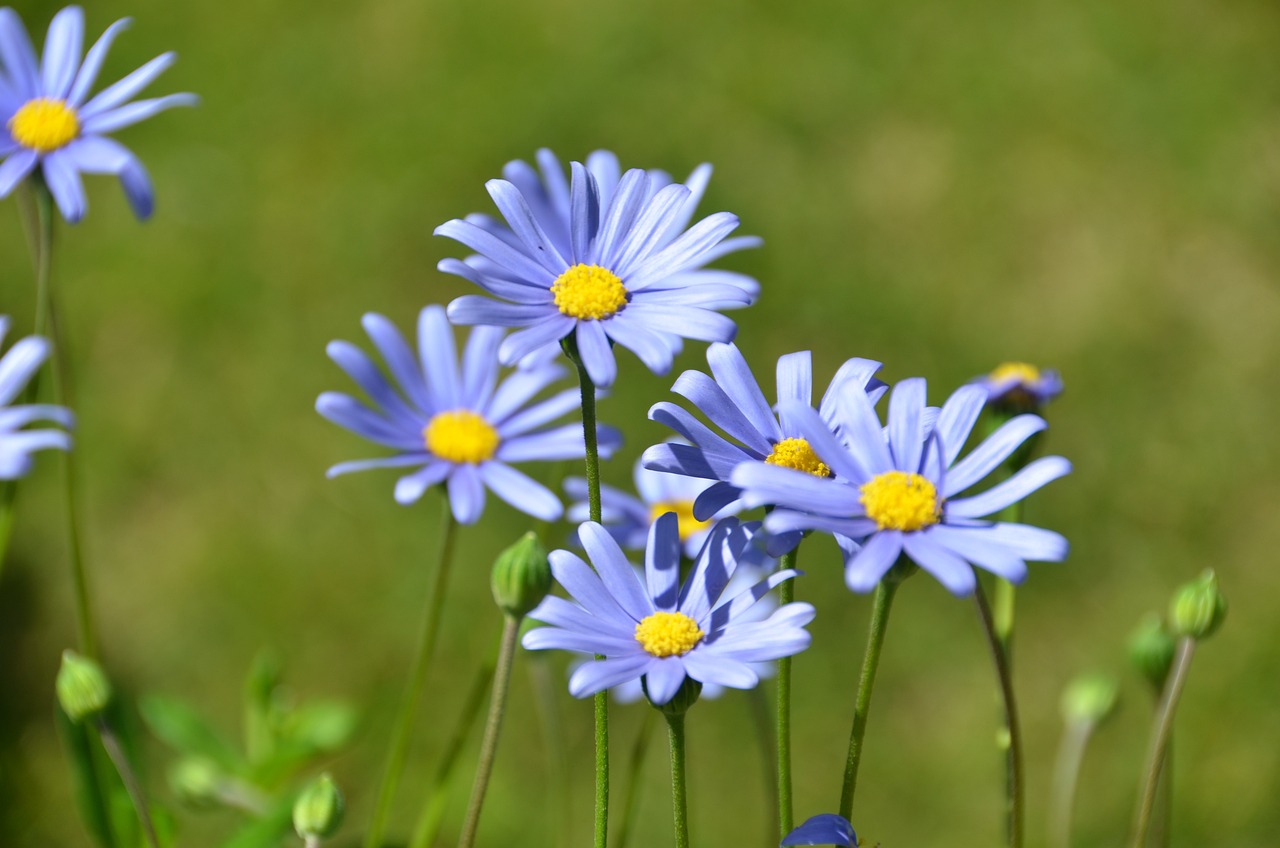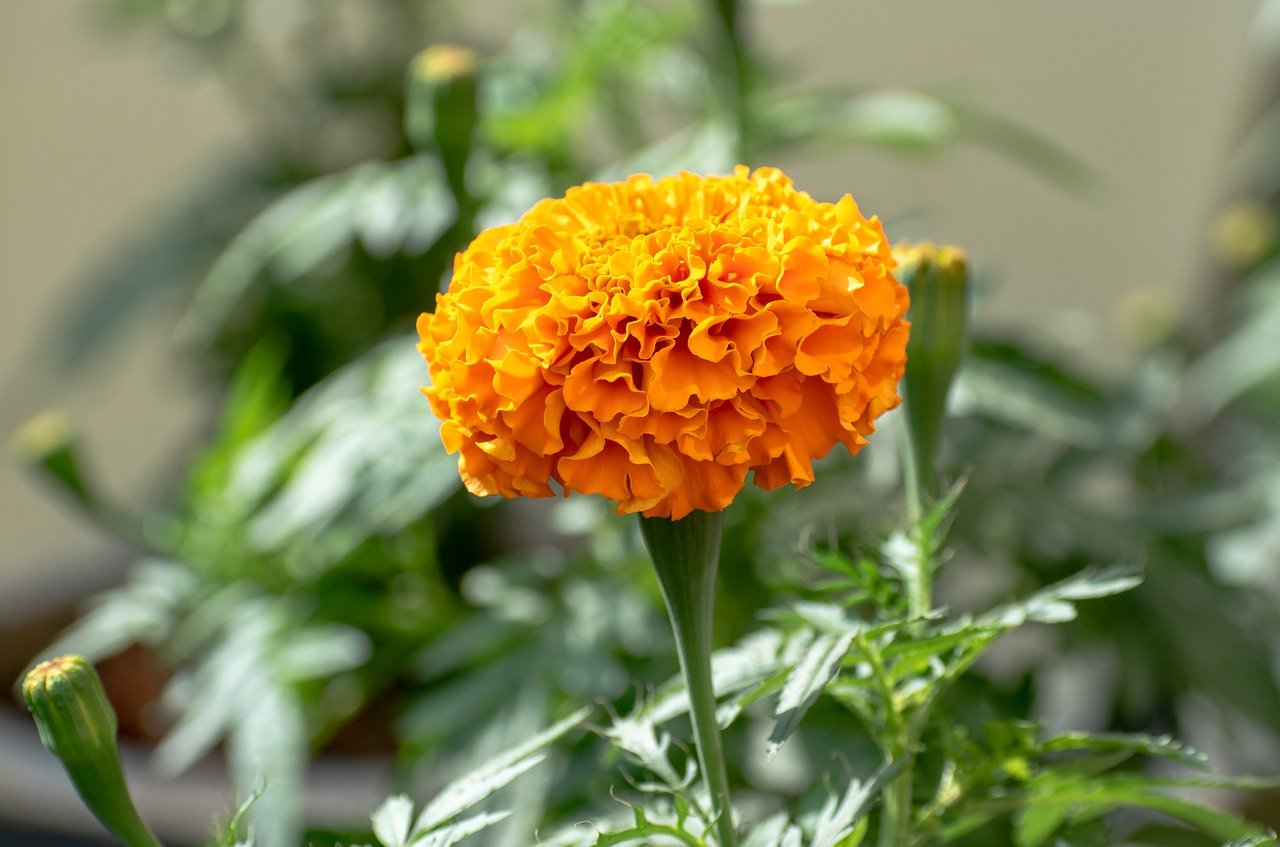Cornflower | The Blue Wildflower Loved by the German Emperor
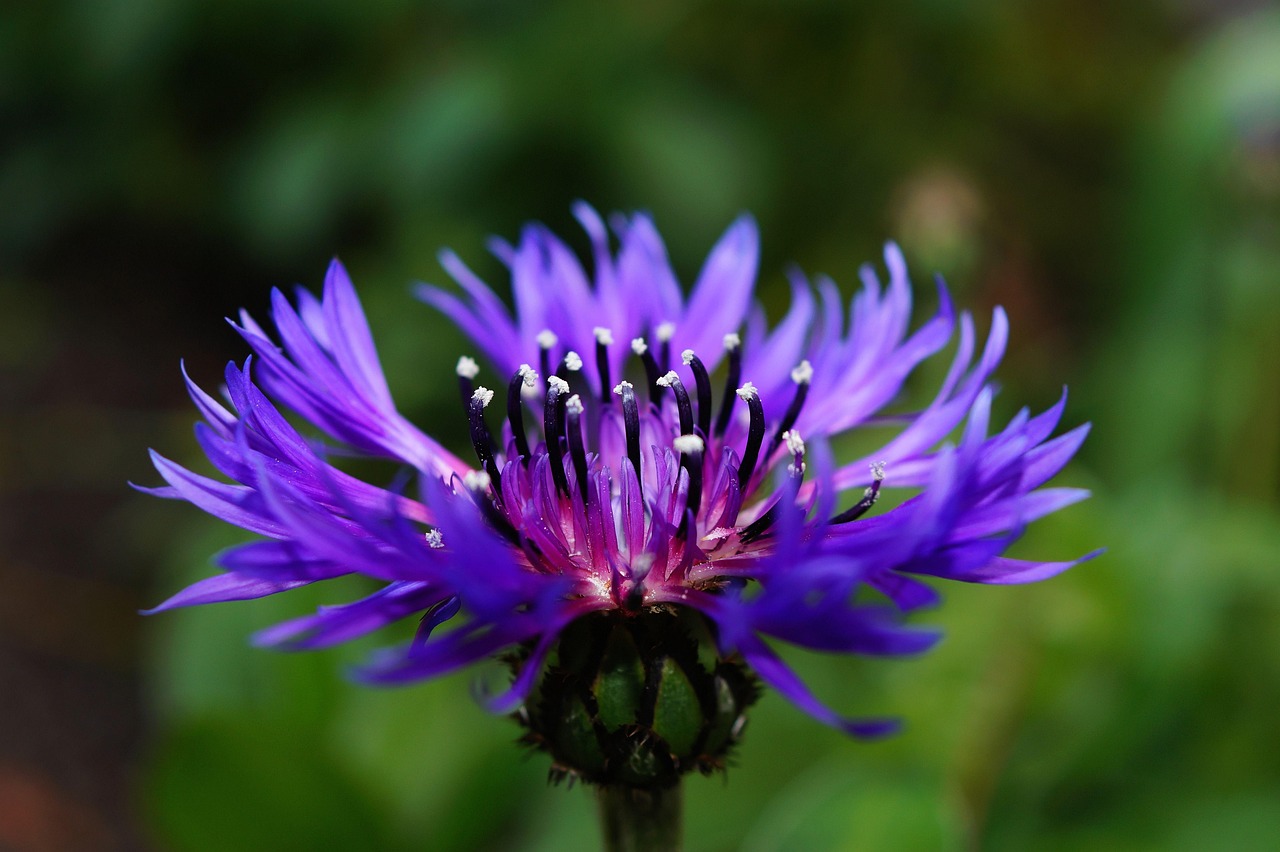
I introduce the cornflower, an annual plant that produces beautiful blue blossoms and has long been cherished as an ornamental flower. With its delicate appearance and hardy nature, it is often used in natural gardens and flower fields.
In this article, I will explain the basic information, cultural and historical background, and cultivation methods of the cornflower.
Basic Information
- Scientific name: Centaurea cyanus
- Family: Asteraceae
- Origin: Europe and Western Asia
- Appearance: Slender stems topped with vivid blue, purple, white, or pink flowers. The petals are finely fringed, giving an airy impression.
- Blooming season: From spring to early summer, swaying beautifully in the wind.
Cultural Significance Around the World
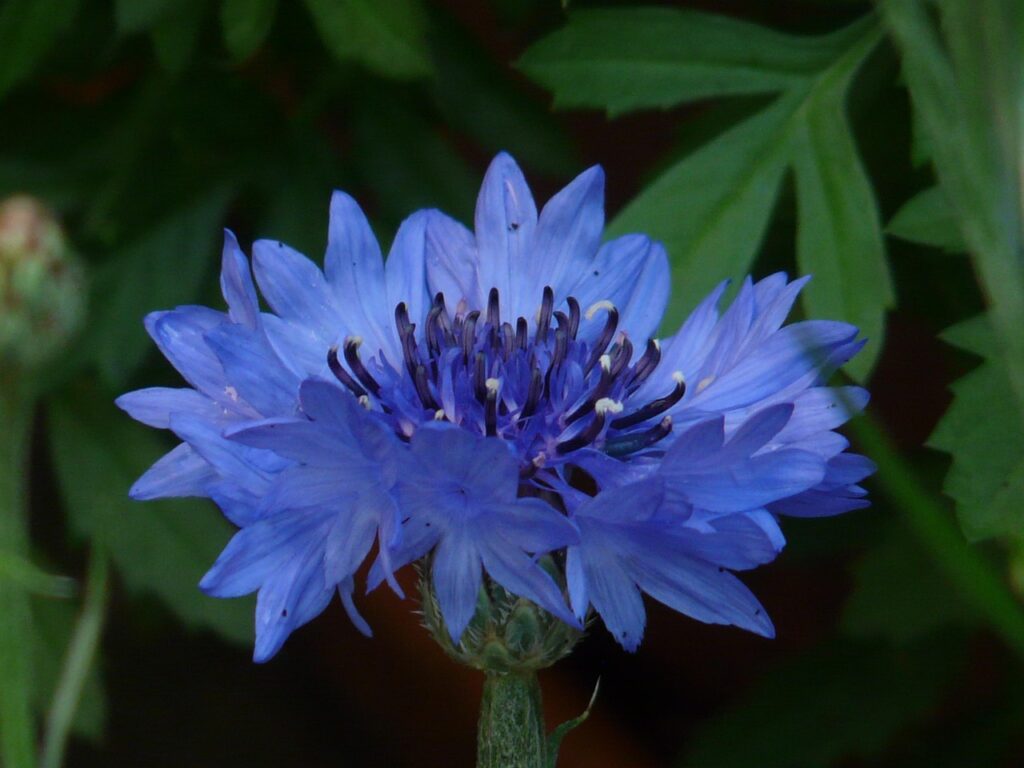
The cornflower holds symbolic meanings in many countries, especially across Europe. In France, it is known as Bleuetand regarded as a symbol of both war and peace. Because French soldiers in World War I wore blue uniforms, the flower came to represent the memory of fallen soldiers. Even today, the French wear Bleuet on November 11th, Armistice Day.
In Germany, the cornflower was once a symbol of the Kingdom of Prussia and was even depicted on the royal coat of arms. Due to this historical background, it is still considered one of Germany’s national flowers.
In England, the cornflower has long been cherished as a wildflower of meadows and pastures, and it is also popular as a garden accent. Its blue color symbolizes hope and sincerity, making it a frequent choice in floral arrangements.
Historical Episodes
The cornflower has been known since ancient Egypt, with traces found in the tomb of King Tutankhamun. This shows that the flower was already part of human life in antiquity.
During the French Revolution, Queen Marie Antoinette was said to have loved cornflowers. While imprisoned, she is believed to have picked the flowers to make small garlands.
In the 19th century, cornflowers spread across Europe as garden plants. In Britain, they became known as “cornflowers,” blending naturally into wheat fields and pastures.
Gardening Advice
Cornflowers are relatively easy to grow, but proper care ensures abundant blooms.
Sunlight
They prefer full sun, which enhances the brightness of their color.
Watering
Moderately drought-tolerant, but I water them regularly so that the soil does not completely dry out. Avoid overwatering and maintain good drainage.
Soil
They thrive in well-drained sandy soil. Mixing horticultural soil with river sand or perlite creates a suitable environment.
Fertilizer
Apply sparingly. A slow-release fertilizer at planting helps growth, and monthly feeding during the growing season is effective.
Cold resistance
They are hardy even in colder climates, though protecting them from frost in winter is recommended.
Conclusion
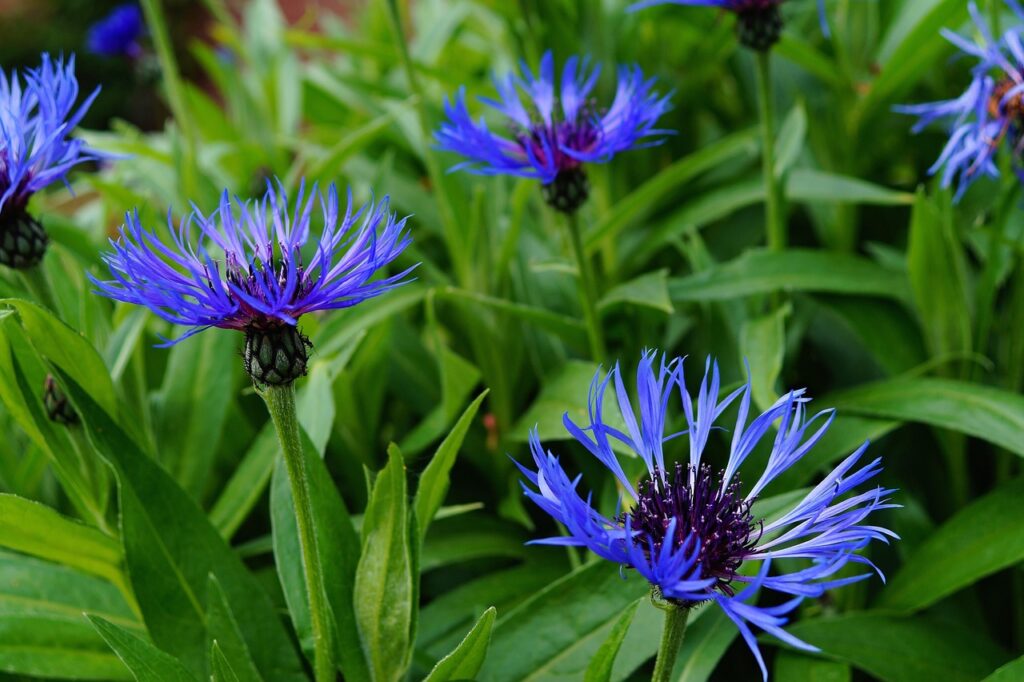
The cornflower, with its striking blue blossoms, is an annual flower rich in cultural and historical background across Europe.
In France, it serves as a flower of remembrance; in Germany, it symbolizes the Prussian legacy. Its presence has been confirmed since ancient Egypt and has been cherished by royalty and associated with historical events.
When cultivated in a sunny spot with well-drained soil, it grows healthily and rewards with graceful blooms.
